Beyond Frunks: Unveiling New Horizons for Electric Vehicles
![]() 07/21 2025
07/21 2025
![]() 552
552
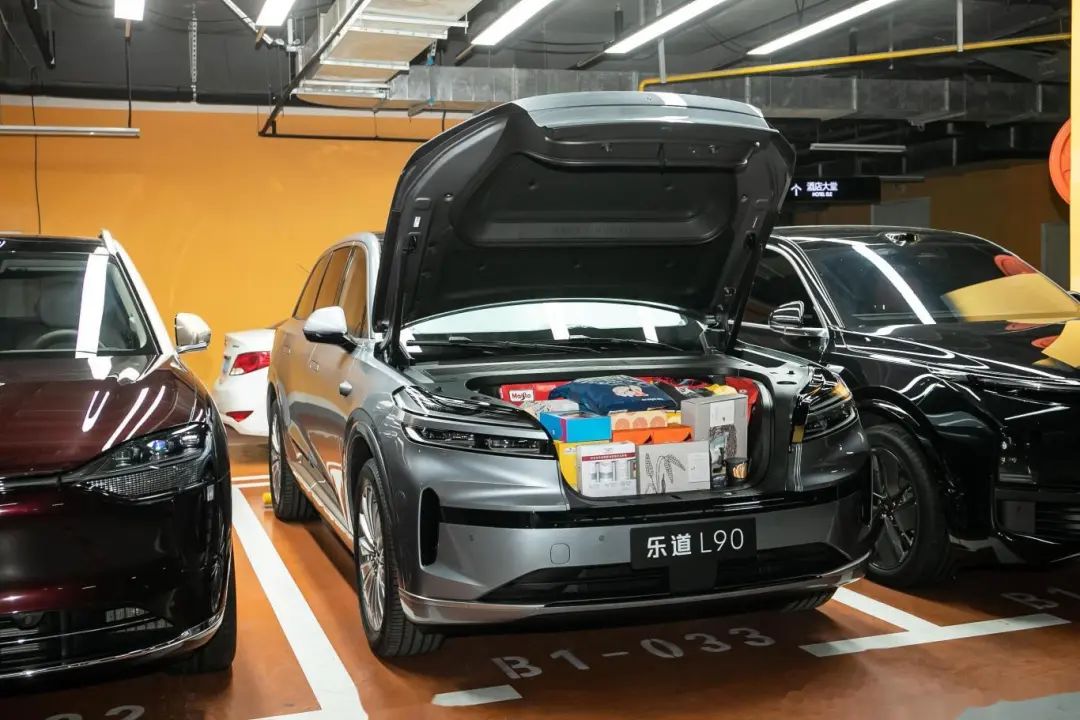
Introduction
With refrigerators, TVs, and large sofas reaching saturation, automakers seek novel narratives to captivate consumers.
Scanning China's auto market this year, one configuration stands out prominently: the "frunk" – a feature that every new energy vehicle (NEV) manufacturer vigorously promotes.
Xiaomi and NIO are among the most notable proponents of this trend.
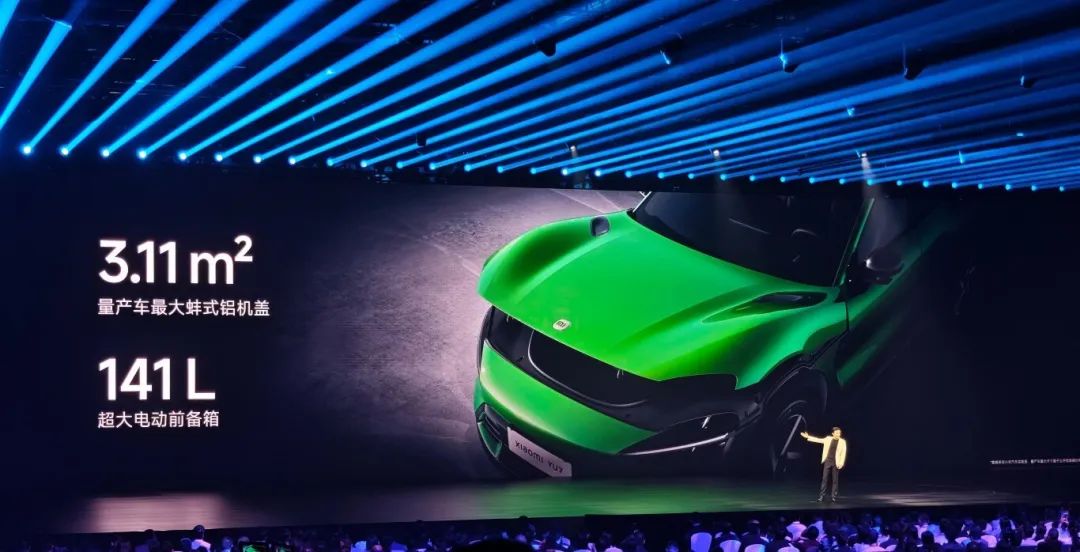
During the launches of YU7 and L90, Lei Jun and Li Bin dedicated significant time to detailing the frunk's various uses and the technical hurdles overcome. This has created an impression among consumers: "If you're not innovating with frunks this year, what are you making electric vehicles for?"
The impact of this marketing strategy is far more potent than anticipated.
Retail store visits reveal that while the frunk's influence on final purchase decisions is modest, many users are now paying attention to this feature.
Against this backdrop, the following sections delve deeper into the frunk from a fresh perspective.
Historically, the frunk featured prominently in sports cars with mid- or rear-mounted engines, aimed at alleviating storage space constraints. For mainstream family cars, the engine's front-mounted position precluded this configuration due to structural limitations.
With the surge in new energy transformation, pure electric vehicles (EVs) have abandoned traditional powertrains, opting instead for chassis-mounted batteries. Coupled with the reduction in motor size, the frunk has gained both space and potential.
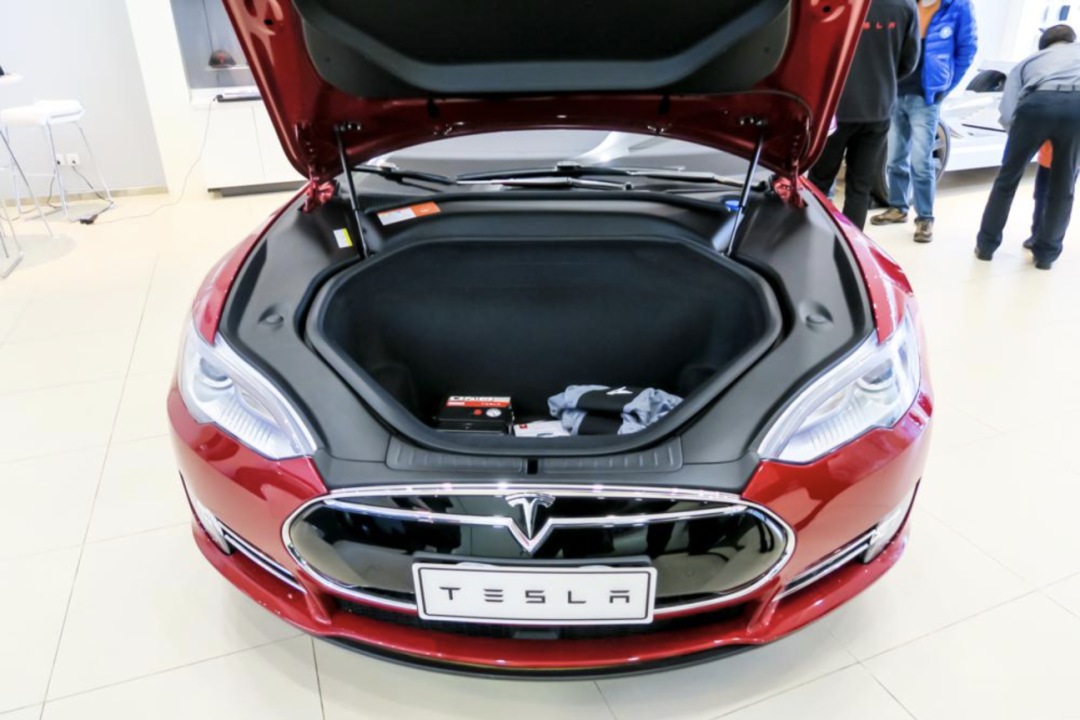
Tesla, an industry pioneer, featured the frunk in its first-generation Model S, a tradition continued in subsequent models like the Model X, Model 3, Model Y, and even the Cybertruck.
Currently, the frunk in electric vehicles has reached new heights in the North American market.
For instance, Lucid's Air boasts a frunk capacity of 280L, while Rivian's R1T offers 311L. Similarly, electric versions of popular full-size pickups like the Ford F-150 and Chevrolet Silverado also feature large-capacity frunks.
Shifting focus to the domestic market, the frunk has been met with a lukewarm reception over the years, often seen as an optional extra. Consequently, OEMs have not prioritized it in product definitions.
Although some models include it, it has not garnered significant buzz.
However, at Xiaomi's SU7 launch event last year, Lei Jun's extensive discussion on the frunk, emphasizing that "the larger the frunk, the higher the design level and integration," propelled this feature into the spotlight.
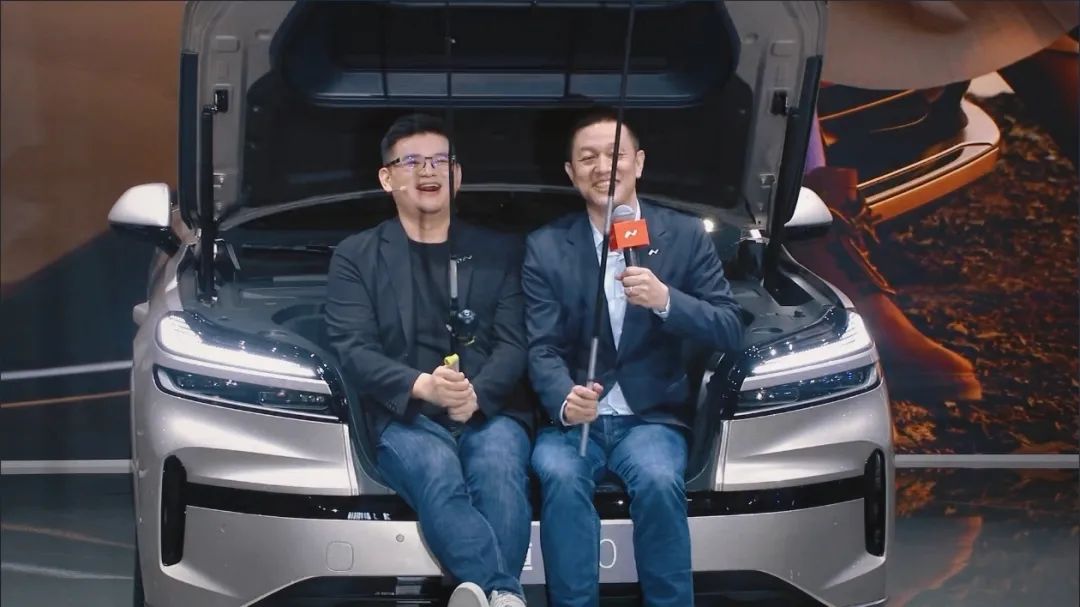
Subsequently, as mentioned earlier, many brands embarked on similar marketing endeavors.
At this year's Shanghai Auto Show, NIO's L90, with its spacious 240L frunk and large opening, garnered immense popularity. As a large six-seat EV SUV, its full-load carrying capacity surpasses all current extended-range competitors.
At last week's pre-sale event, Li Bin elaborated on the engineering efforts and challenges overcome. The tagline "every seat is a VIP, no pressure for 6 people and 10 suitcases, luggage can be loaded front and rear" is particularly memorable.
As an observer, it's evident that more OEMs are discussing frunks. For example, AITO's M8 EV version, which officially began preheating this week, also prominently features this configuration on its posters.
Nevertheless, it's crucial to note that vehicle design is a complex and diverse field, and frunk size cannot be the sole criterion for assessing technical prowess.
Each automaker has unique considerations and priorities when defining its products, leading to different resource allocations. For instance, Li Auto's upcoming i8, even without a frunk, cannot be deemed "behind."
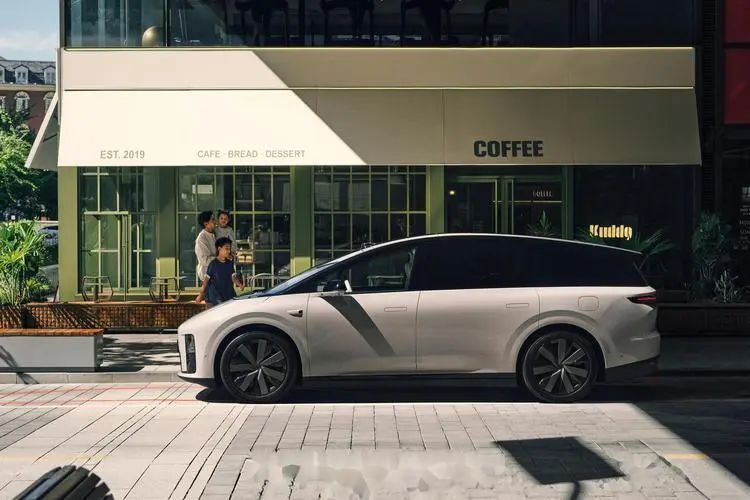
However, it's foreseeable that most automakers will follow suit, gradually elevating the frunk's status in the market.
From a user experience perspective, the frunk significantly expands overall loading space. The ability to open and close it electrically further determines its usage frequency.
After speaking with many Tesla owners, I found that their manual frunks are primarily used for storing personal items and vehicle accessories, with some hardly using them at all.
In contrast, the YU7 and L90 mentioned earlier demonstrate that "an electric frunk is truly convenient." The value of this statement is likely to rise steadily in the future.
All automakers should understand one principle: "Highlighting today's protagonist enhances the selling process but is not a game-changer."
China's auto market is fiercely competitive. To stay afloat, it's essential to compete fiercely across all available resources: price, configuration, parameters, experience, marketing, service, refueling – everything potential consumers value.
Why have electric vehicle frunks suddenly gained popularity this year?

Fundamentally, configurations like refrigerators, TVs, large sofas, smart cabins, smart driving, and three-electric systems, which users perceive strongly, have reached saturation. The actual experience of mainstream top products is increasingly homogeneous, with little difference. Therefore, NEV makers must find new "highlights" to differentiate themselves.
The frunk, especially the electric frunk, aptly meets consumers' loading needs, showcases high technical integration, and can be packaged into various usage scenarios for dissemination, effectively "killing three birds with one stone."
Recently, a photo of NIO's L90 at a Sam's Club supermarket exit, with its frunk open and filled with groceries, sparked widespread online discussion. This type of marketing clearly resonates with many potential customers.
In conclusion, the frunk's entry into the public eye this year is generally positive. I hope OEMs can genuinely refine this configuration from a user perspective. However, the presence or absence of a frunk is not the sole criterion for judging a good electric vehicle's technical level.
Most importantly, let car owners drive with peace of mind and use their vehicles with satisfaction. As for the title of today's article, I admit it's a bit clickbait...
Responsible Editor: Yang Jing | Editor: Wang Yue
THE END







